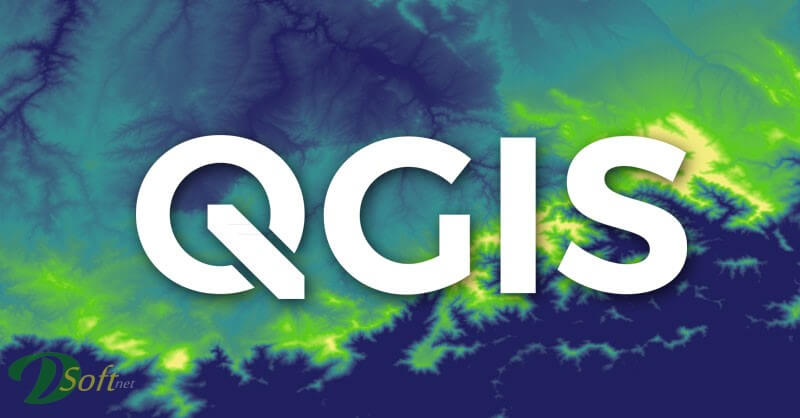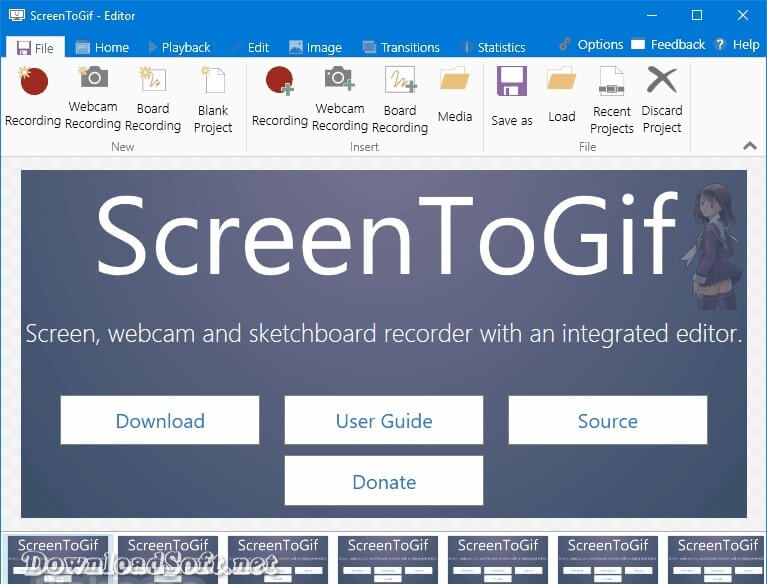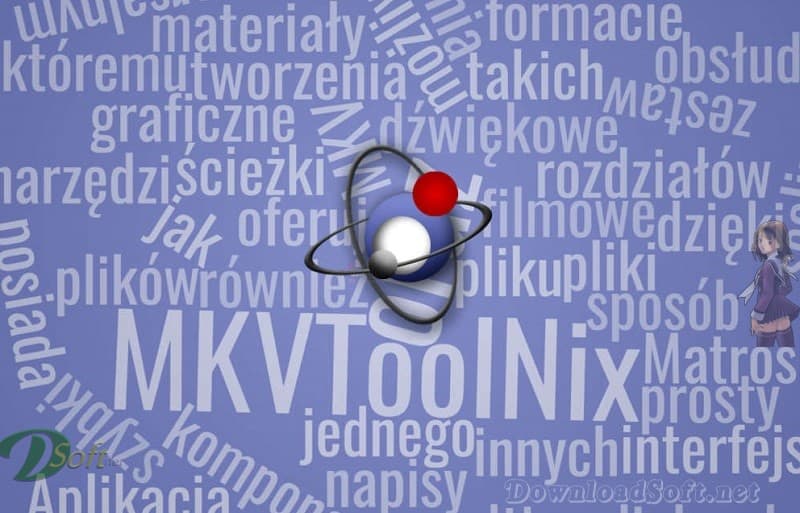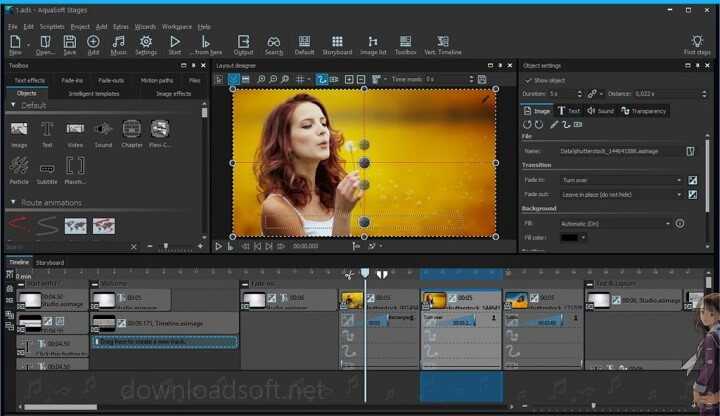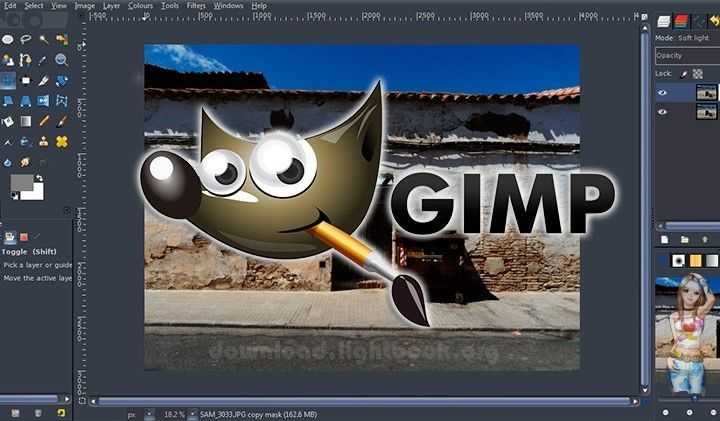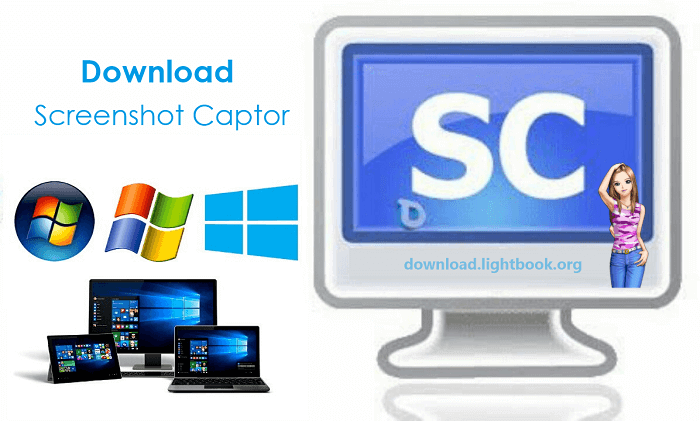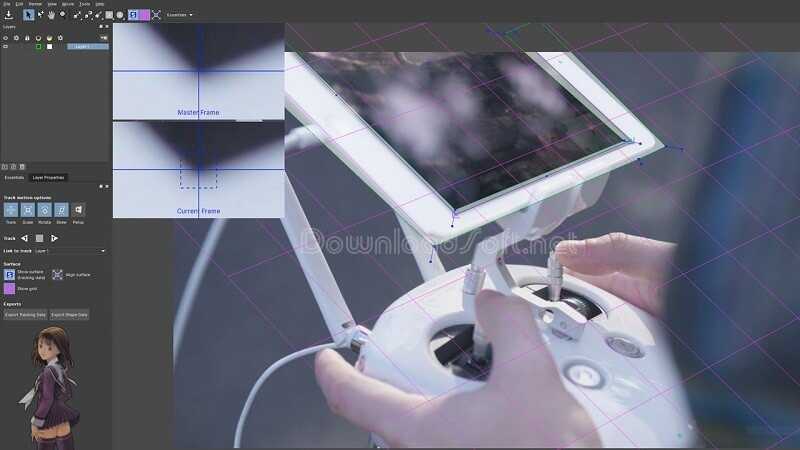FFmpeg Free Download 2025 The Good One for Windows
FFmpeg Free Download 2025 The Good One for Windows
FFmpeg is the leading multimedia framework, capable of decoding, encoding, transcoding, mux, demux, streaming, filtering, and playing just about anything. It supports the most complex old formats up to the latest technology.
Free and Open Source Video and Audio Processing
FFmpeg It doesn’t matter whether it was designed by some hobbyist, community, or company committee. The software compiles, runs, and passes the FATE test infrastructure across Linux, macOS, Microsoft Windows BSDs, Solaris, etc., in various build environments, machine architectures, and configurations.
It includes libavcodec, libavutil, libavformat, libavfilter/libavdevice, libswscale, and libswresample, which applications can use. In addition to ffmpeg / ffserver / ffplay / ffprobe, which can be used by end users for transcoding, streaming, and playing.
Unlock Powerful Creative Possibilities with FFmpeg
It is a powerful and reliable tool for recording, converting, and streaming audio and video. It is open source and free and includes a wide range of features and abilities. Furthermore, it supports a wide variety of input and output formats, codecs, and protocols, allowing users to create and share content in a variety of ways.
Besides, it can be used to create high-quality video and audio files, as well as to stream audio and video over the internet. It is highly extensible, allowing developers to create custom applications to suit their needs. It is also widely used in the broadcast industry and is used by many major streaming services.
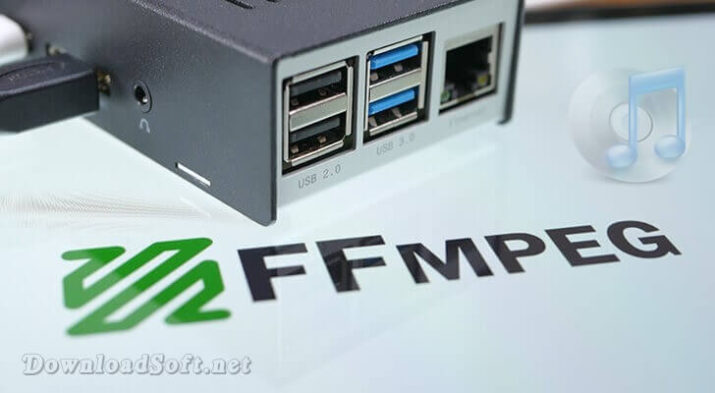
FFmpeg Tools
- ffplay: A simple media player based on SDL and libraries.
- ffmpeg: A command-line tool for converting multimedia files between formats.
- ffprobe: A simple multimedia stream analyzer.
- ffserver: Multimedia streaming server for live broadcasting.
- ffmpeg-php: A PHP extension that adds functions for accessing and retrieving information from multimedia streams using the libraries.
- ffmbc: An open-source tool for encoding and decoding video in the MPEG-2 and H.264/AVC formats.
- ffdiaporama: A video editor for creating slideshows, based on FFmpeg and MLT libraries.
FFmpeg Libraries for Developers FFmpeg
- libavcodec: Is a library that contains audio/video codec decoders and encoders.
- libavutil: A library of functions to simplify programming, including random number generators, data structures, math procedures, basic multimedia tools, and much more.
- libavfilter: A library of media filters.
- libavformat: A library with removers and nuts for multimedia container formats.
- libswresample: A library that performs highly optimized audio resampling, resampling, and sample format conversions.
- libavdevice: A library of input and output devices to grab and display many popular I/O software frameworks, including Video4Linux, Video4Linux2, VfW, and ALSA.
- libswscale: It is a library that performs highly optimized conversions to image size and color space/pixel format.
- libavresample: A library that performs audio resampling, rematrixing, and sample format conversion operations.
- libpostproc: A library that performs post-processing of audio and video data.
- libavcodec-extra: This library provides additional decoders and encoders that are not included in the main libavcodec library.
📌 Note: Use WinRAR or 7-Zip to decompress the archive.
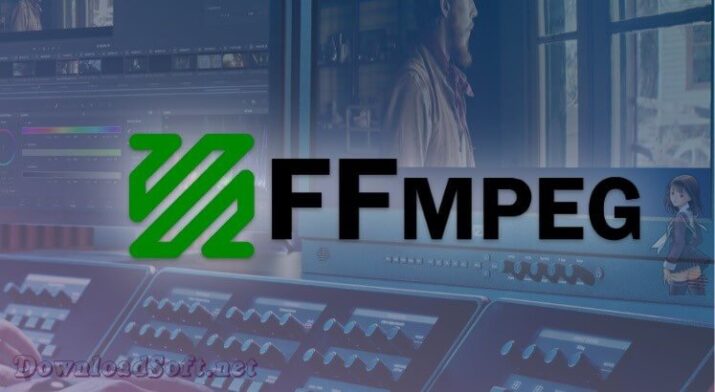
Real-Life Examples Free Applications
It can be used to create a wide range of applications, such as streaming media players, video editing tools, video and audio converters, and more. Here are some real-life examples of applications:
• Video streaming services like YouTube, Vimeo, Hulu, and Netflix are used to transcode and deliver video content to their viewers.
• Video editing tools like Adobe Premiere Pro and Final Cut Pro rely on to transcode and decode files for editing.
• Social media platforms like Facebook, Instagram, and Twitter use it to convert, compress, and encode video content for playback on their websites.
• Audio and video converters like Handbrake, OpenShot, and Avidemux are used to convert audio and video files from one format to another.
• Video surveillance systems are used to record and stream video footage to a remote location.
• Online webinar platforms like Zoom and GoToMeeting are used to compress and stream audio and video content in real-time.
FFmpeg for Video Streaming: Best Practices
When streaming video, it is important to ensure that the video stream is properly configured for the target device or platform. Different platforms have different standards for video streaming, and it is significant to adhere to these standards to ensure maximum compatibility and viewing quality.
To help ensure the best possible video streaming experience, there are a few key best practices to follow. For example, it is important to use the correct video codecs and bitrates for the target device or platform, as well as to ensure that the video stream is properly optimized for the desired video quality.
Additionally, it is significant to ensure that the video stream is properly configured for the target device or platform in terms of aspect ratio, frame rate, and resolution. Finally, it is important to ensure that the video stream is properly encoded with the correct audio and video codecs and bitrates.
FFmpeg in the Cloud: How to Use It on AWS
Using the cloud is a great way to optimize your workflow and reduce the time it takes to process media files. Utilizing the processing power of Amazon Web Services (AWS) can help you quickly and efficiently complete tasks that would otherwise take a long time on a local machine.
Using AWS is relatively straightforward. First, you need to create an EC2 instance and install the software. Once this is done, you can use its command line interface to process your media files or create scripts to automate the process.
You can also use AWS Lambda to process files without the need for an EC2 instance. This can be helpful for tasks that can be broken down into smaller components, such as transcoding.
By leveraging the power of the cloud, you can take advantage of cost savings and faster processing times. With the right setup, using the cloud can make your media processing tasks faster, easier, and more cost-effective.
Keep Your Media Game Strong
Constantly evolving and adding new features, so it’s important to stay on top of the news and updates to make sure you’re getting the most out of your multimedia experience.
Whether you’re a professional media creator, an amateur enthusiast, or just someone who wants to learn more, it’s important to keep up with the latest news and updates.
Technical Details
Program name: FFmpeg
- Category: Photos Editing Software
- License: Open Source
- File size: 39.39 MB
- Operating systems: Windows XP / Vista + SP1 / 7 / 8 / 10 / 11 / Mac, Linux, and others
- Core: 32/64-bits
- Languages: Supports many languages
- Developed by: FFmpeg
- Official website: ffmpeg.org
Minimum System Requirements
Check for the following system resources while running the program
- Operating System: Windows 11/ 10 / 8.1 / 8 / 7 / Vista / XP / Mac, Linux, and others
- Memory (RAM): 2 GB or higher.
- Hard Disk: 50 MB of free hard disk space.
- Processor: Intel Pentium IV or higher.
- Graphics: 1024 x 768 or higher resolution with 16-bit color.
- Sound: Any Windows-compatible sound card.
- Network: An active Internet connection is required for some features.
